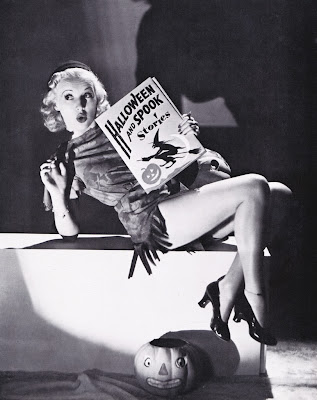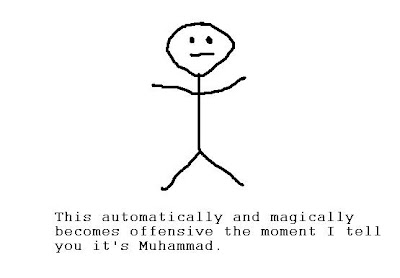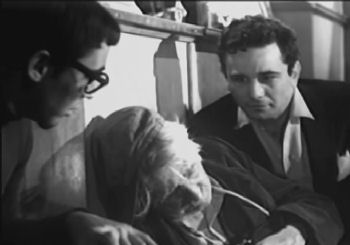 |
| From "Blood on Black Satin"by Gulacy and Moench |
Studies in Terror
A Bucket of Blood
Attack of the Giant Leeches
The Amazing Mr. X
Arsenic and Old Lace
The Best of Bela Lugosi and Boris Karloff
Black Sunday (with Barbara Steele)
Bride of the Gorilla
Dementia 13
The Devil-Doll
The Devil's Hand
The Ghost Breakers
The Giant Gila Monster
The Ghoul (with Boris Karloff)
Horror Hotel (with Christopher Lee)
House on Haunted Hill (with Vincent Price)
I Bury the Living
The Industructable Man (with Lon Chaney, Jr)
The Invisible Ghost (with Bela Lugosi)
Isle of the Dead (with Boris Karloff)
Three Tales of "The Lodger" (with Jack Palance)
Mark of the Vampire (with Bela Lugosi)
Nightmare
Nightmare Castle (with Barbara Steele)
Night of the Blood Beast
The Old Dark House (with Boris Karloff)
Psycho
The Screaming Skull
Scream of Fear (with Christopher Lee)
The Seventh Victim
Sound of Horror
Strangers on a Train
Tormented
Universal Pictures kinda-sorta adapts Poe (with Bela Lugosi and Boris Karloff)
The Vampire
Voodoo Island
The Walking Dead (with Boris Karloff)
The Wasp Woman
X the Unknown

Vampires and Other Walking Dead
Bela Lugosi as Dracula (with Bela Lugosi and Lon Chaney, Jr.)
Dead Men Walk
I Walked With a Zombie
King of the Zombies
The Last Man on Earth (with Vincent Price)
The Return of Dracula
Return of the Vampires (with Bela Lugosi)
Revolt of the Zombies
Zombies of Mora Tau
Frankenstein and Other Mad Doctors
The Ape (with Boris Karloff)
The Ape Man (with Bela Lugosi)
Atom Age Vampire
Before I Hang (with Boris Karloff)
The Cabinet of Dr. Caligari
Captive Wild Woman
The Corpse Vanishes (with Bela Lugosi)
Dr. X Double Feature (with Fay Wray and Humphrey Bogart)
Frankenstein 1970 (with Boris Karloff)
Mad Love (with Peter Lorre)
The Mad Monster
The Man Who Changed His Mind (with Boris Karloff)
The Monster Maker
Three Tales of Frankenstein's Monster (with Boris Karloff)
The Vampire Bat (with Fay Wray)
Voodoo Man (with Bela Lugosi)
Wolfmen and Other Hairy Beasts
The Abominable Snowman
The Werewolf
Werewolf of London



























































.jpg)
